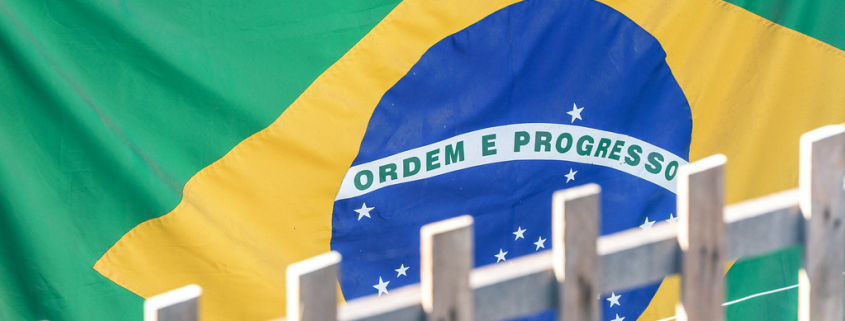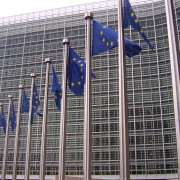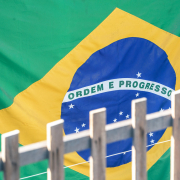Brazil’s Ministry of Agriculture, Livestock and Supply (MAPA) published, on 26th March, 2020, the toxicological reclassification of 252 fungicides, insecticides, herbicides and other product classes.
This move aims to officialize the updates determined by the National Health Surveillance Agency (Anvisa) to formulated products already registered in Brazil.
Currently, 2,300 formulated products are registered in Brazil. In a previous publication (Act 55/MAPA, 27th August, 2019), 1,942 items were reclassified. According to the Scientific Council Sustainable Agro (CCAS), this measure has no relation to effects on the environment or agronomic efficiency.
“The main objectives of the new toxicological classification are, in addition to assessing the real risk posed by agricultural pesticides, to better communicate with rural workers who handle products about the care they must take to avoid exposure and contamination that could compromise their health, and enable them to better understand instructions. The new classification meets these objectives, makes them clearer, and helps them identify dangers to their lives and health,” said José Otávio Menten (President of CCAS).
According to experts, this toxicological classification of agricultural pesticides directly impacts the handlers of these products, because there is risk of contact during production, packaging, storage, transportation, syrup preparation and application on crops.
“Initial discussions on the need for the new classification started at ECO-92. The reclassification decision has been discussed since 2011, under the coordination of ANVISA and involving all interested sectors, including by holding public hearings,” Menten explained.
According to him, the main objective of this reclassification is to place Brazil on the same level as other countries. “This is a new regulatory framework for the sector, which updated the criteria for toxicological assessment and made classification clearer. This reclassification has adopted parameters based on the standards of the Globally Harmonized System of Classification and Labeling of Chemicals (GHS System),” he added.
The GHS System expanded the number of toxicological categories from four to five, including the “unclassified” category, valid for products of very low risk, such as biological pesticides and those not analyzed. The reclassification process started in 2017.
The previous classification had four toxicological classes, identified in colored strips, which are: I – extremely toxic (red), II – highly toxic (yellow), III – moderately toxic (blue) and IV – slightly toxic (green).
In terms of the classification of any agricultural pesticide, studies of acute oral LD50, acute dermal LD50, dermal irritability, dermal sensitization and inhaled LC50 were considered. The most restrictive criterion class is the final classification. All classes feature the skull/poison caution symbol.
In the new classification (GHS), there are five toxicological categories, identified by colored bands with pictograms, images and warning words: 1) extremely toxic (red/hazard), 2) highly toxic (red/hazard), 3) moderately toxic (yellow/danger), 4) slightly toxic (blue/careful) and 5) unlikely to cause acute damage (blue/careful), in addition to “unclassified” (without warning). The skull will only be present in categories 1, 2 and 3. Companies have one year, after publication, to adopt the new rules.
“The GHS system has already been adopted in 53 countries and has been partially adopted in another 12. After a delay of 26 years, Brazil has currently adopted the system, which will benefit the worker most exposed to pesticides, those who handle the products. In addition to adopting this international criterion, with a universal communication technique, information prescribed on labels and package inserts will be easier for farmers to understand. Therefore, Brazil is constantly progressing in the search for sustainability in agribusiness, while always aiming to improve the quality of life of the people,” Menten added.
Source: Agropages
Image source: “Brasil” by ruifo is marked with CC BY-NC-SA 2.0.



